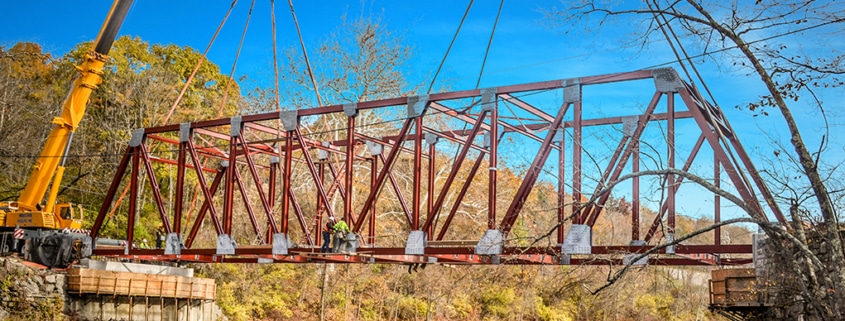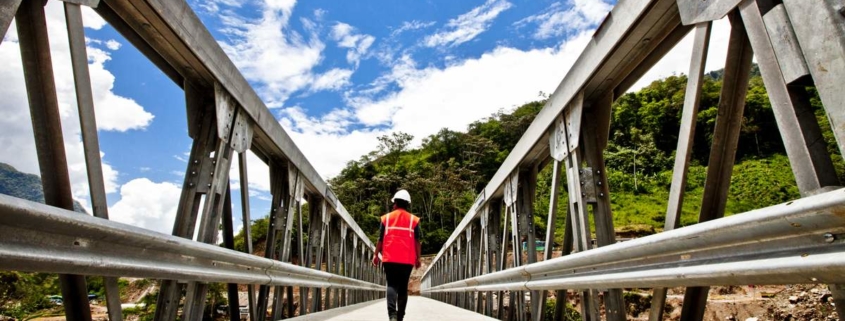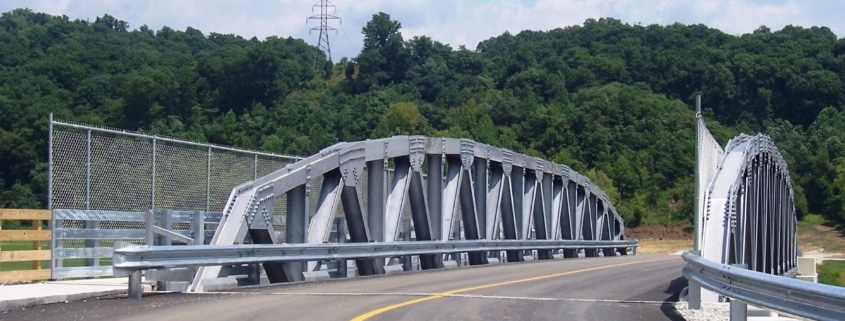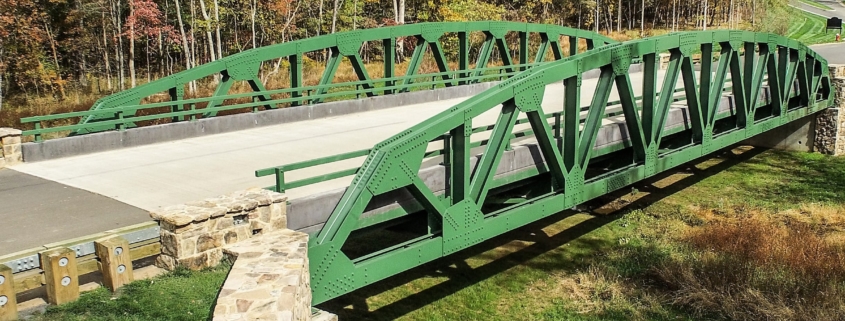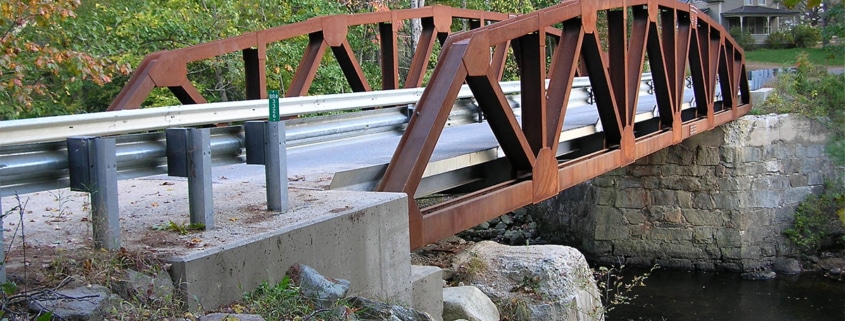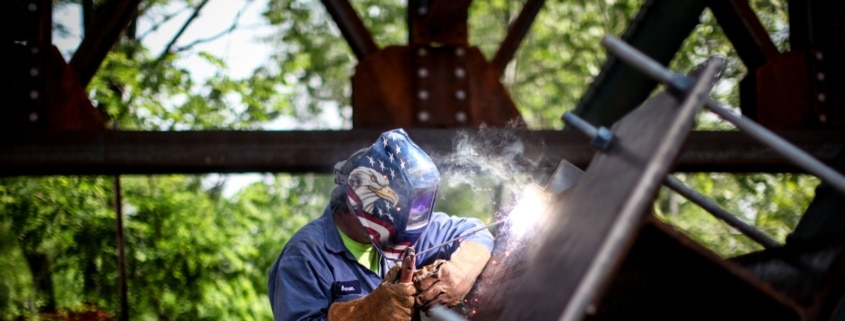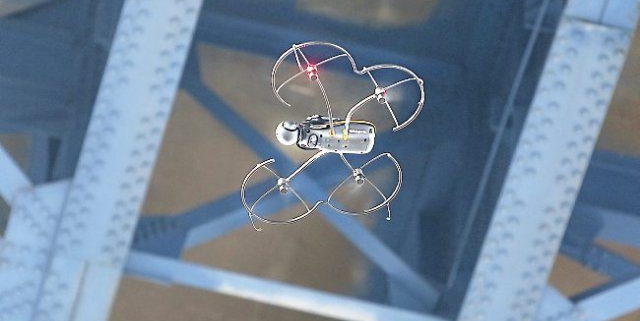A pillar of President Trump’s platform focused on U.S. infrastructure. Based on a total expenditure of $1 trillion over 10 years, the president’s plan would strengthen roads and bridges. In addition, other aspects of America’s transportation systems, including air traffic control and waterways, would gain more attention.
Plan Built on Partnership
There are two key principles to President Trump’s infrastructure plan:
- Allowing state and local governments to help themselves: The White House will focus on enabling local governments to control their own infrastructure planning. Officials close to the situation make better decisions regarding what their constituents need.
- Partnering with the private sector to increase efficiencies: The private sector can deliver some services more efficiently than the federal government. Additionally, the private sector is able to better procure materials and look toward long-term sustainability and asset management.
Freedom of Movement Equals Success
Some have questioned the President’s focus on infrastructure. While other international issues seem more pressing, the fact is, a free-flowing roadway system is integral to success. For instance, all trade, including air, water and land, is conducted along the nation’s transportation infrastructure. Likewise, domestic travel, both personal and professional, relies on an efficient and effective infrastructure of roads and bridges.
Federal Focus since 1956
With the creation of the U.S. interstate highway system by President Eisenhower in 1956, America’s economy has come to rely heavily on interconnected roadways, air traffic routes, and rivers. Accordingly, every product that lines a store’s shelves, every vegetable or fruit in the grocery store, every worker in an office building during the week, utilizes this system to get to and from their points of origin. Without a first-class infrastructure of roads and bridges, much of the U.S. economy would grind to a halt.
At U.S. Bridge, we understand the importance of the efficient, cost-effective and high quality work that we provide. Our premium bridges connect America, making commerce and travel possible. We maintain roadways in cooperation with local and state governments, and we are heartened by the President’s national focus on our infrastructure.
For more information regarding U.S. Bridge, please contact us today. For more information regarding President Trump’s infrastructure plan, click here.

